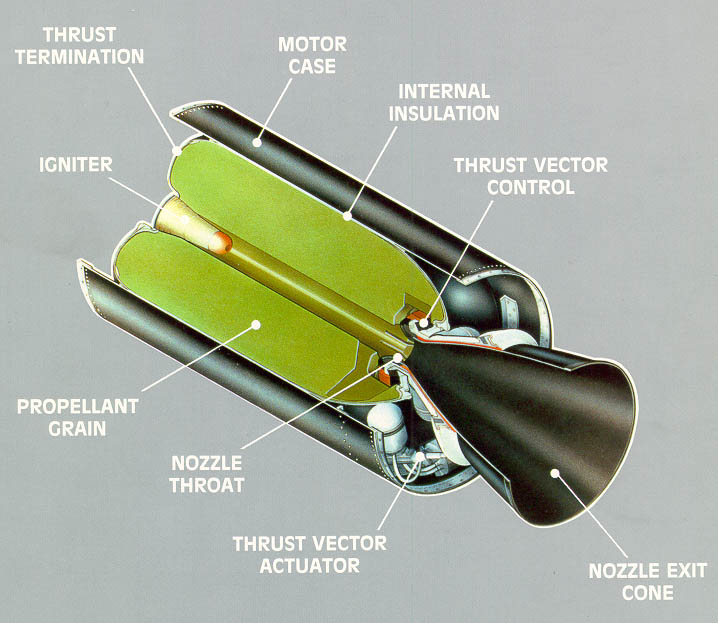Solid Rocket Motors: From Concept to Launch, Science, Applications, Safety, and Future Trends

About Course
From launching satellites into orbit to enabling powerful missile systems, solid rocket motors play a critical role in space exploration and defense. This course takes you on an exciting journey from the early origins of rocketry to the cutting-edge innovations shaping the future of propulsion technology. You’ll explore the physics of solid propellants, the complexities of combustion, and how modern simulation and manufacturing tools have revolutionized rocket motor design.
Whether you’re fascinated by the engineering behind planetary missions or intrigued by the strategic role of missiles in national defense, this course offers a unique blend of theory, technology, and application. With engaging examples and real-world case studies, you’ll uncover how solid rocket motors are used in both space agencies and defense programs—and why their safety, reliability, and future advancements matter more than ever. Prepare to ignite your passion for aerospace propulsion!
Course Content
Chapter 1: The Evolution of Solid Rocket Motors
The Early Days of Rocketry
00:00Advancements in Propellant Technologies
00:00Computer Simulation and Optimization Techniques
00:00Modern Applications in Space and Defense
00:00